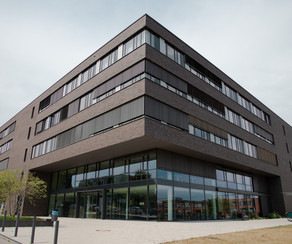VDI
VDI stands for Virtual Desktop Infrastructure. This means that individual applications or even entire operating environments are made available virtually. These environments/applications do not run on the user's end device, but in a cluster. With VDI, investment volumes for infrastructure and applications can be better controlled and administration work is simplified.
Virtual Applications
A virtual application does not run on the user's end device, but in a cluster environment. This offers advantages with regard to licensing, and in particular it allows applications to be made available to members of the TU Dortmund University for external use without having to install the applications on private/external end devices. Applications with high demands on system performance can also be used on devices that cannot offer the system performance.
Virtual Desktop
Each workstation requires a set of different applications, which strongly depends on the tasks of the workstation owner. Keeping all these applications up to date and reinstalling or configuring individual applications in case of malfunctions is time-consuming and technically complicated. A virtual desktop offers the possibility of using a predefined set of applications and drives that can be managed centrally, which increases error resistance and simplifies adjustments. This also ensures that certain data worthy of protection does not leave the TU Dortmund University area because it is not stored locally in the event of external access. Virtual desktops can be set up individually for different needs.





